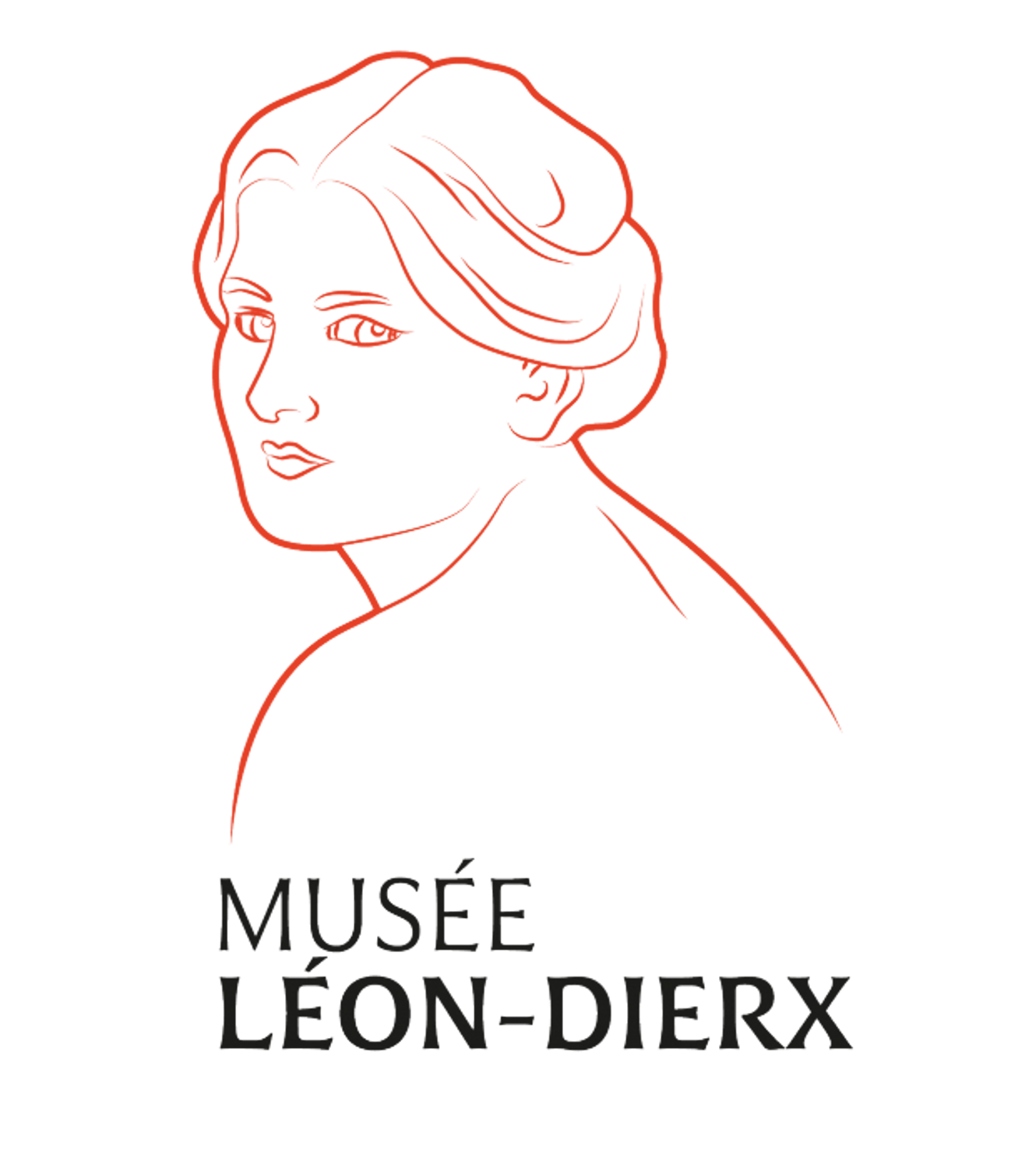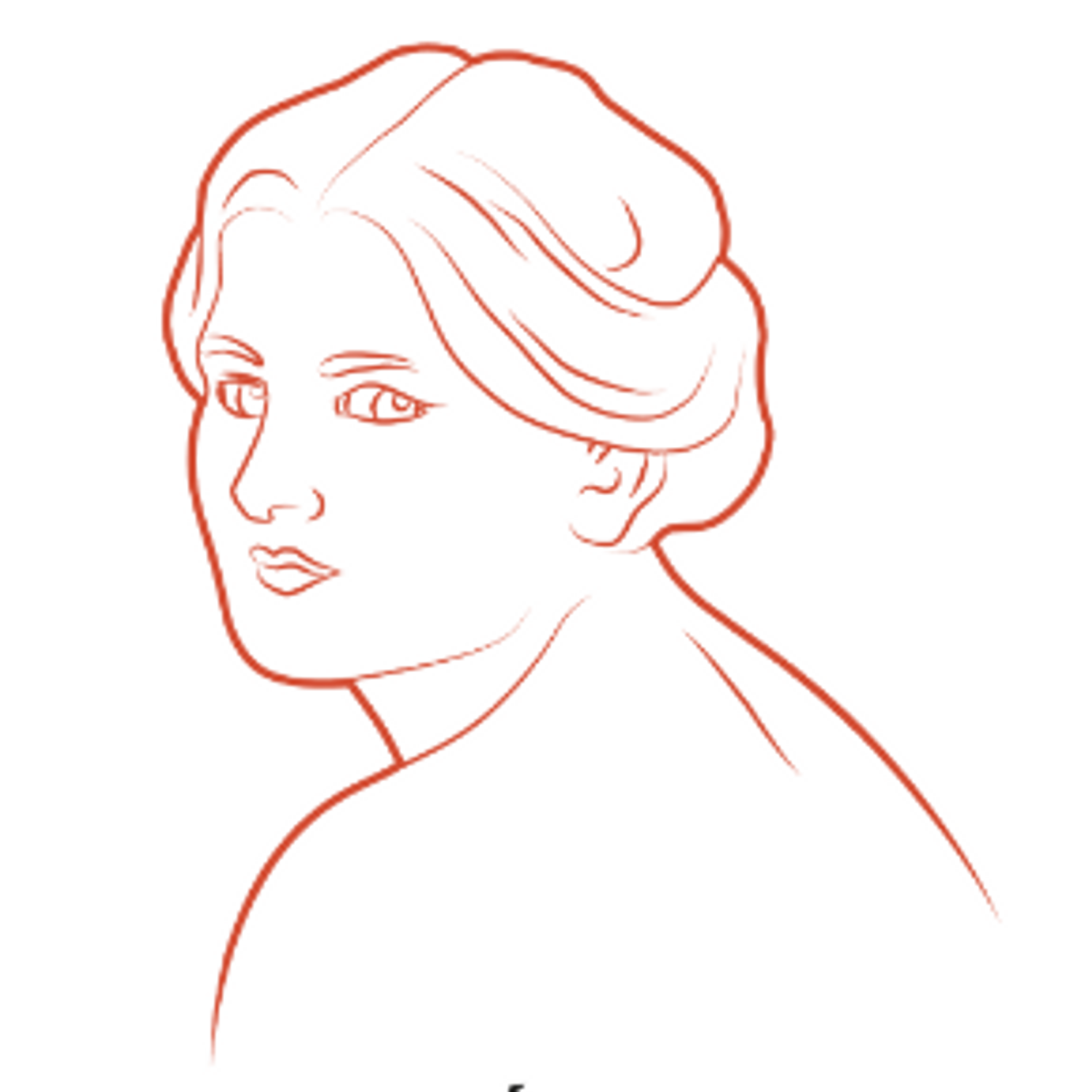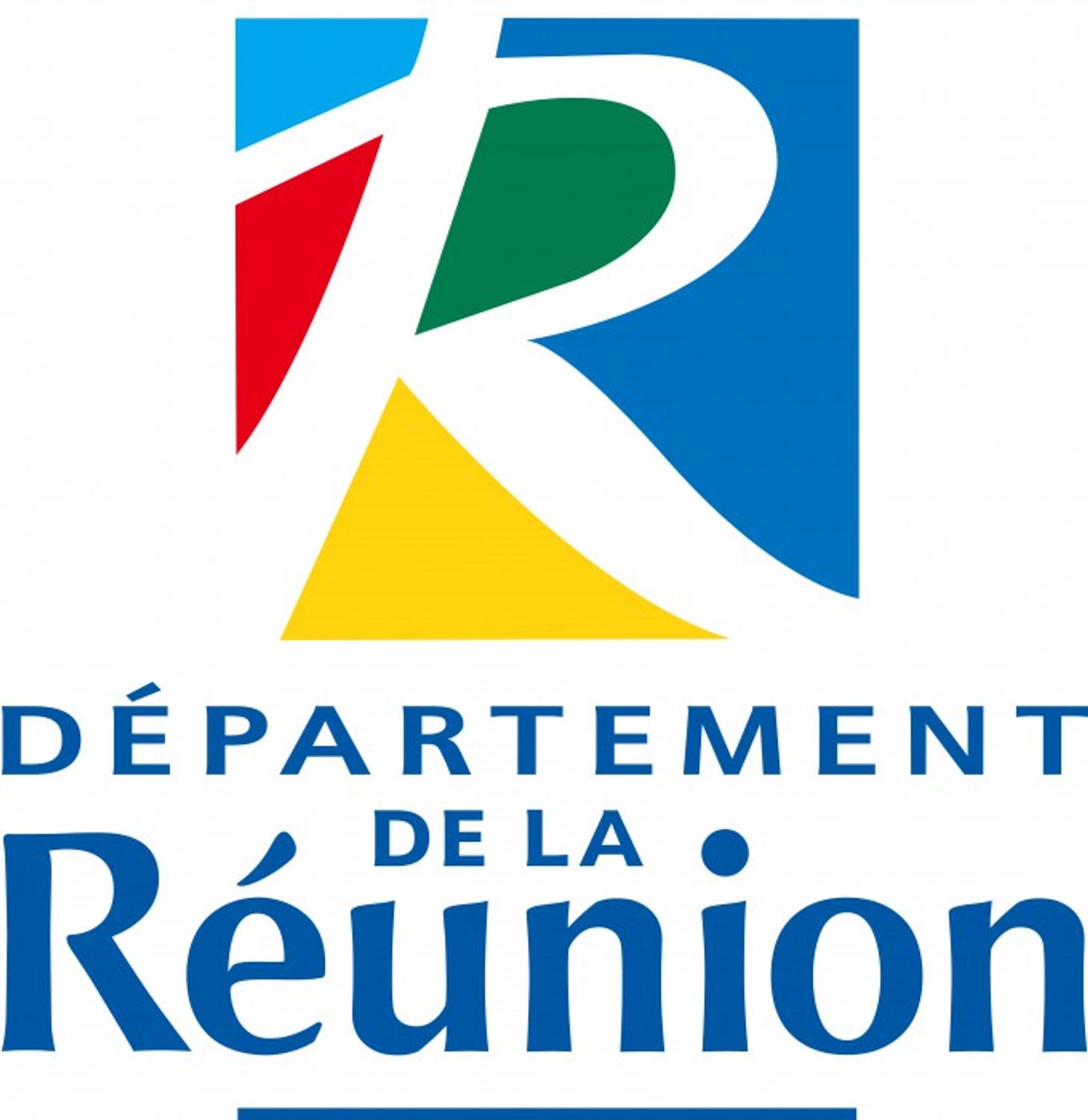Residency "Heritage and Creation" #2
The highlands of an island
Photographs by Morgan Fache8th November 2019 - 5th April 2020
Exhibition curated by :
Nathalie Gonthier,
Bernard Leveneur, curator for heritage, Director of the Leon-Dierx art gallery
Heritage and Creation
In 2018, the Departmental Council of Reunion decided on a measure to support artistic creation and promotion of heritage: the "Heritage and Creation" residencies. These involve artists with the cultural structures of the department of Reunion. For the second edition, Morgan Fache, a photographer, was selected to set up an artistic project at the Leon-Dierx art gallery.
Housing a rich collection of 19thcentury landscapes and portraits, for more than two years, the Leon-Dierx art gallery has been presenting works that depict the mountain areas of the island through its exhibitions Au cœur d’une île, les artistes et les Hauts de La Réunion au XIXe siècle en 2017 (At the heart of an island, 19thcentury artists and the mountain areas of Reunion in 2017), Traces fantômes (Ghostly tracks) and Un peu de bleu dans le paysage (A little blue in the landscape) with the painters Charly Lesquelin and Charles Prime (Residency "Heritage and Creation" #1). Les Hauts d’une l’île (The highlands of an island) is the third element of the program.
A contemporary vision
« For a long time, I lived in the mountain areas of Reunion. The wealth of possibilities for the imagination in these areas soon captured my interest. The true heart of the island, these areas have been a source of fantasy, from Jules Hermann’s Lémurie to the poetry of Boris Gamaleya. They have also captured the interest of today’s storytellers such as Sergio Grondin or Daniel Léocadie. Their beauty, endemic species and above all the fact that they represent the history and identity of Reunion, has led me to bring them into perspective using modern techniques.» Morgan Fache.
The challenge today consists in moving from the imaginative representation of the the lives of «maroons», or fugitive slaves, who were the earliest inhabitants of the cirques, to the reality of the lives of «yab des hauts» (poor white settlers). How to depict the island’s mountain areas today while stepping outside idealised folklore? What are the activities, the cultural or daily practices of the populations who now live there? How have the inhabitants of these areas, many of which are totally isolated, adapted to ever-growing urbanisation and to a way of life that questions the often idealised practices and traditions of the past?
The decision to focus on le Brûlé in Saint-Denis, Dos d’Âne in La Possession, Coin Tranquille in la Plaine des Cafres in the district of le Tampon, Grand Coude in Saint-Joseph and also la Plaine des Palmistes, resulted from the wish to step outside the important tourist sites. These places are now present in the art gallery, which is continuing its project to explore the historical, cultural and artistic identity of the island territory.
This photographic project fully assumes its subjective perspective. The artist places himself within the interior of the island to reflect a reality, become part of it and mingle with it. The act of photographing takes on its full meaning, since it is necessary to become invisible in order to capture and record the changes and workings of a society.
The series of photographs present life courses, rooting them in the common history of a predominantly agricultural territory. Others reflect activities linked to the tradition of «change of air», a Creole expression referring to mountain resorts where people used to come to spend the hot season. The images and words displayed reflect these new places of residence, with their celebratory aspect and new leisure activities.
Historical dialogue
Today, Morgan Fache’s images are presented alongside a selection of original postcards and photographs taken by photographers living in Reunion in the mid 20thcentury.
From the start, and in accordance with the spirit of the "Heritage and Creation" residencies, Morgan Fache wished these to be associated with his presentation, in order to link his process to a photographic memory of the mountain areas, the profile of which has been defined in the last 20 years.
The photographs shown are taken from the archives of the following photographers: Jean Colbe (Coll. Departmental archives of Reunion), Andre Blay (coll. Jean-Luc Blay), Jean Legros (coll. Patrick Legros), Maurice Esteve (coll. Bernard Esteve), or from private collections (Jean-François Hibon de Frohen, Jeanne Mace). This historical corpus, displayed at the opening of the exhibition as an introduction, gives a vision of the mountain areas of the island during the 1950s-1960s and establishes links with the photographic works of Morgan Fache produced between December 2018 and June 2019.
Idealised images reflected in these colour postcards, family «documentaries» or first impressions of people arriving from mainland France and discovering the island for the first time, these photographs are a sort of inventory produced through the collective imagination of the island, still relevant today, concerning the grandiose, original and authentic character of the areas in question.
Visions of adolescents
In this residency, the process of transmitting a sensitivity for photography occurred absolutely naturally. From the start of the project, Morgan Fache’s aim was to encourage children and adolescents to develop their own vision of their environment. The objective here was to let them follow their own feelings through photography, as well as their imagination.
With this objective in mind, disposable silver-process cameras were distributed to children of the families encountered. This type of material does not enable them to see the results of their productions, a constraint that is an interesting approach for a public used to taking photographs with their telephones or other digital equipment.
After a brief initiation into framing of photographs, they were left to their own devices. For Morgan Fache: «What was important was for them to be able to exchange with the people around them or their close environment through photography. I came across them regularly during my residency and was able to note their different reactions. For some of them, I felt that the "disposable" camera had really become a precious tool, since each image was important: once it had been taken, they had to go on to the next one, unlike with a telephone, where you can take a picture and then immediately delete it. I also understood that taking photographs had really given them a new approach, making them see things differently and taking their time to do so.»
The results of their wanderings, encounters and discoveries are displayed in one of the sections of this exhibition. A selection of these photographs is presented in the Cabinet of etchings of the art gallery.






